I’ve been impressed by the Silky line of tools. Made in Japan, they have good steel and hold sharp edges. After discovering and using the Silky Nata, a traditional type of Japanese hatchet, I was curious to see how the same materials performed in Silky’s Ono, a Western-style hatchet.The Ono weighs a hefty 1 lb 11 oz and has an overall length of 12″ and a blade length of 4-5/8″. Its full-length tang has the same removable and replaceable rubber hand grip as the Nata, and the 7/32″-thick SKS-51 steel is ground to a 20-degree double bevel, also just like the Nata. A chrome plating resists rust.The Ono’s case is made of heavy-duty nylon fabric and its interior is lined with plastic sheets to resist damage from the blade. In its case, the hatchet can be hung from the aligned holes in the case and blade. A hole in the end of the handle is provided for a lanyard
Join The Conversation
We welcome your comments about this article. If you’d like to include a photo or a video with your comment, please email the file or link.
One thought on “Ono Hatchet”
Leave a Reply
Stay On Course





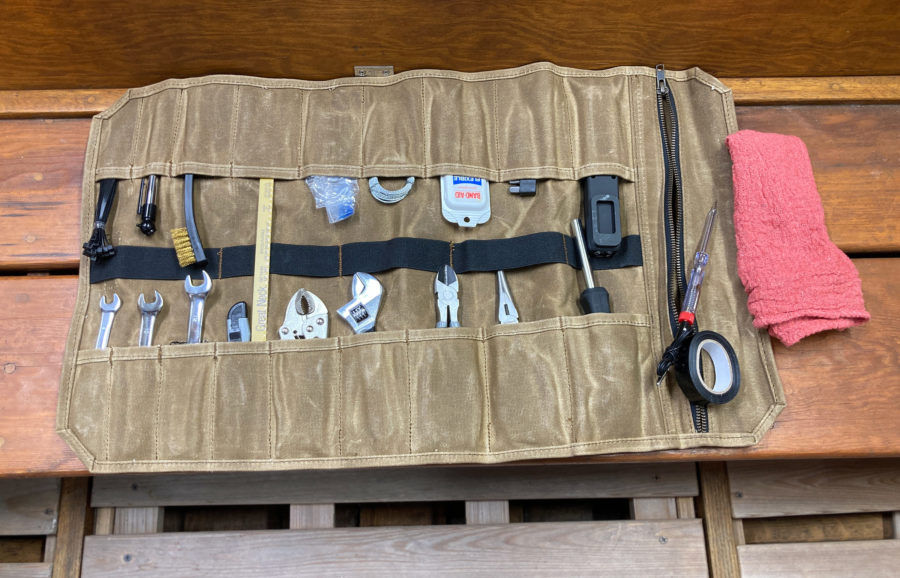
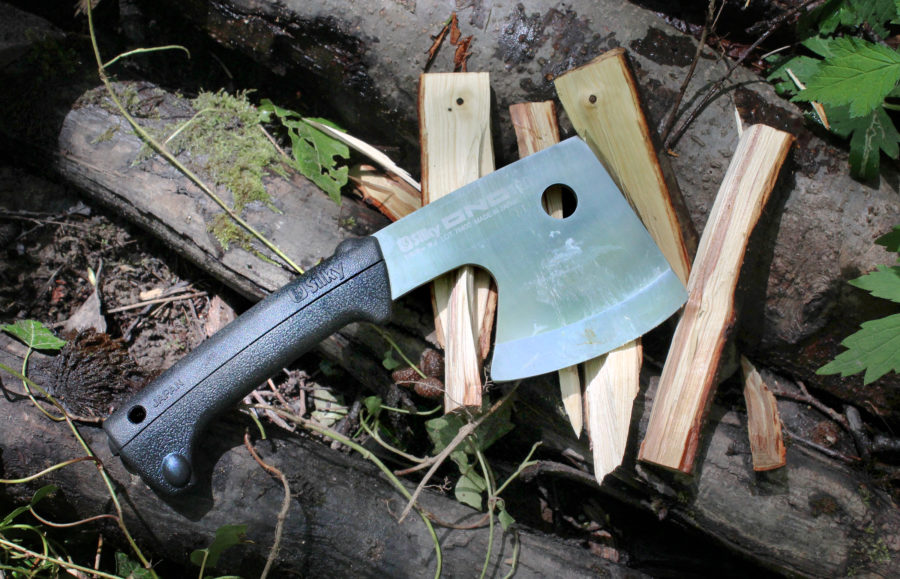

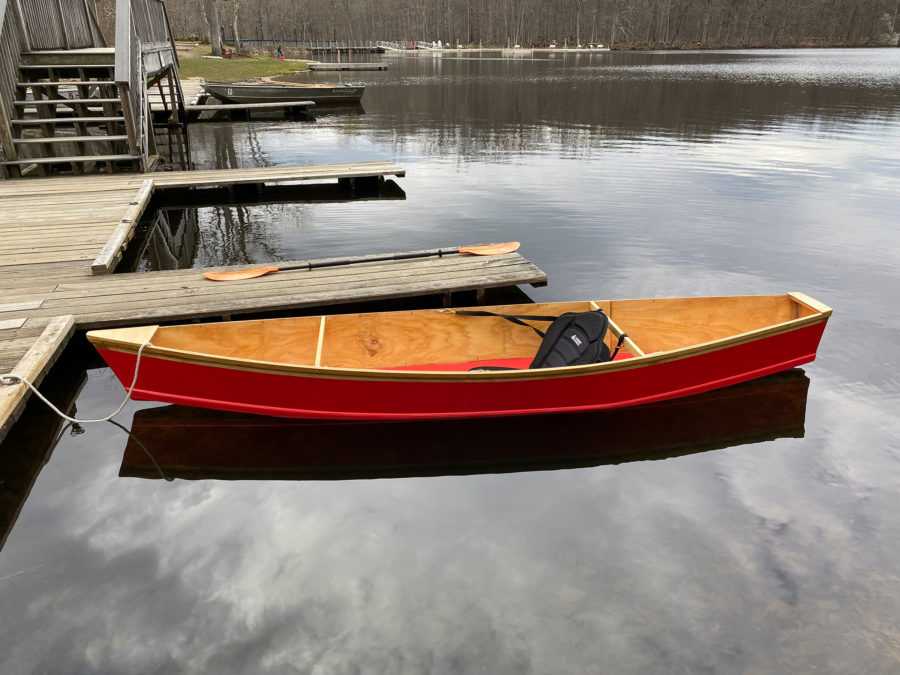
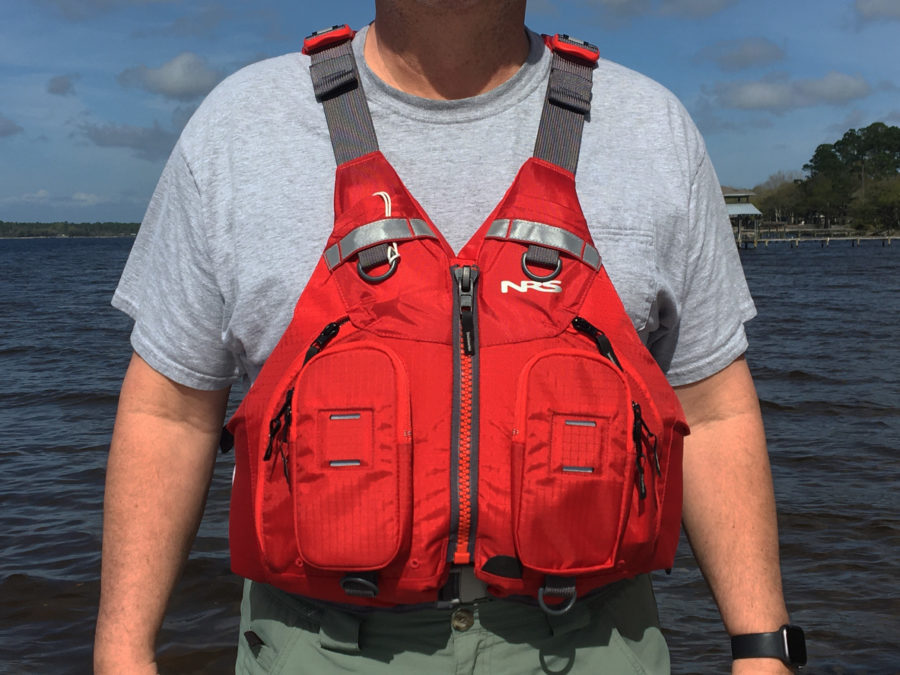
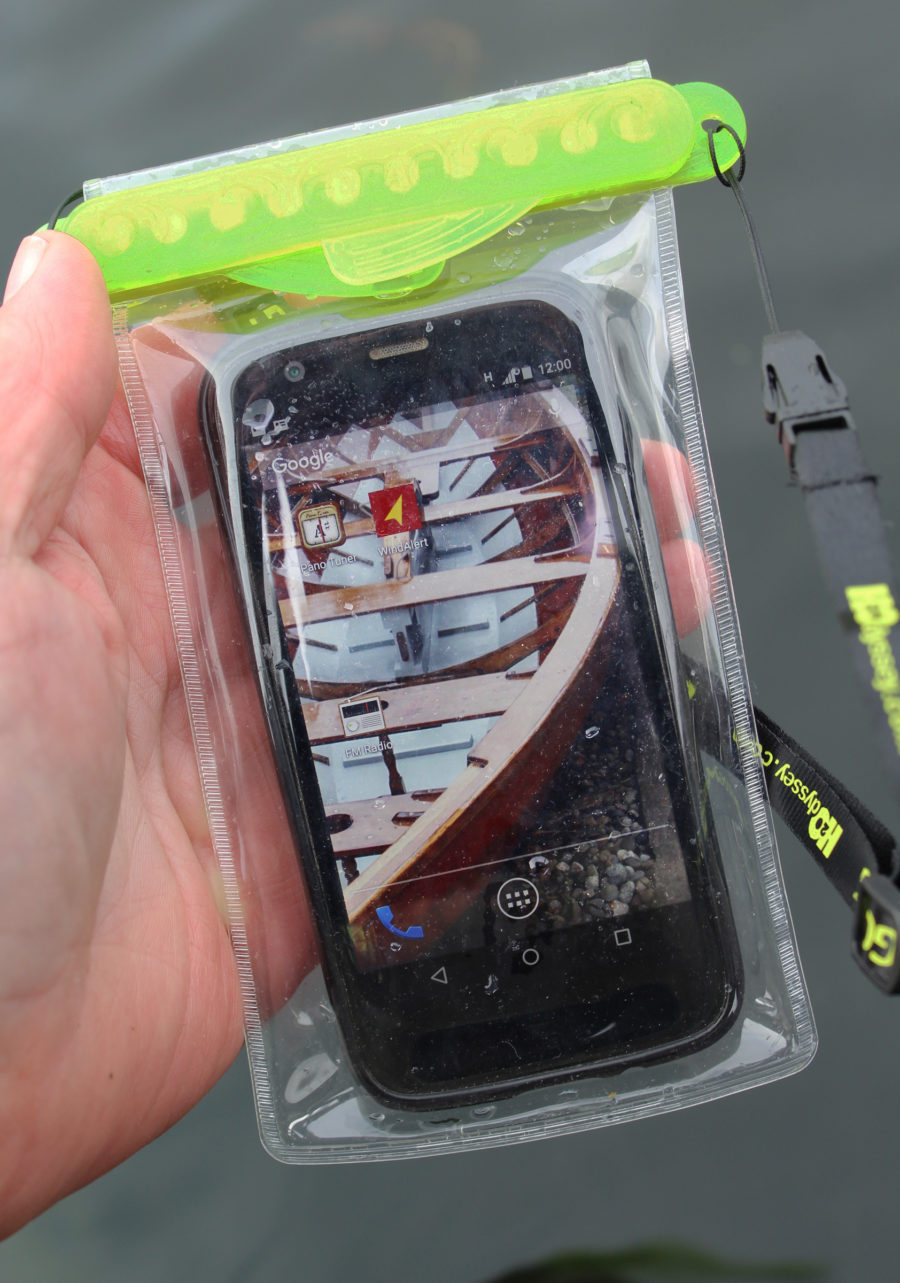
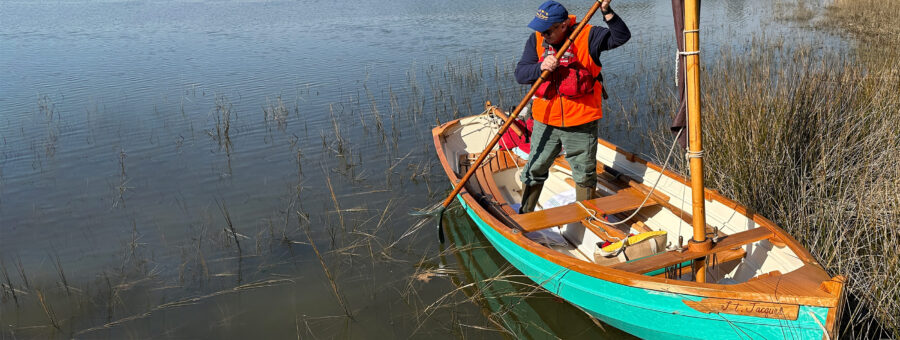
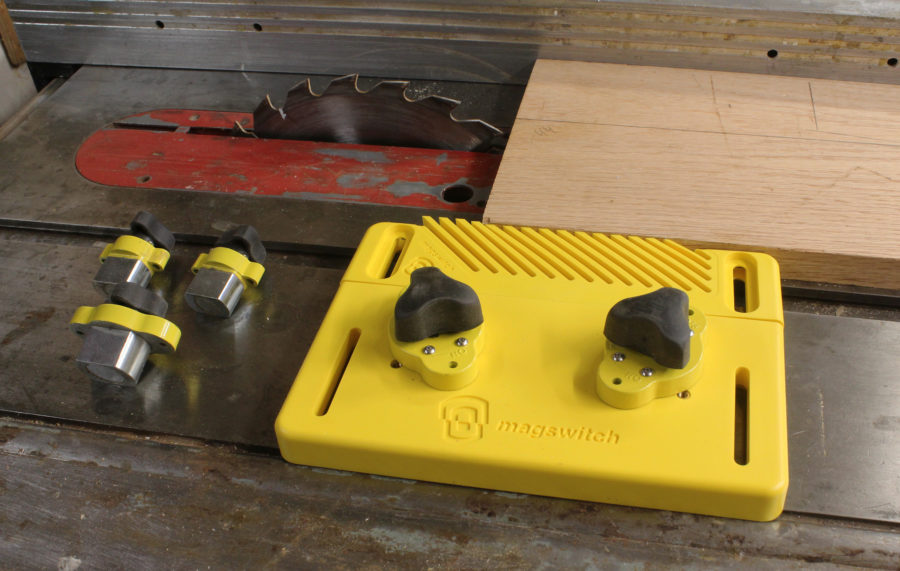
In 62 years around the Sun I’ve never needed to wallop anything with a hatchet, but after reading about this one, I am on the prowl.